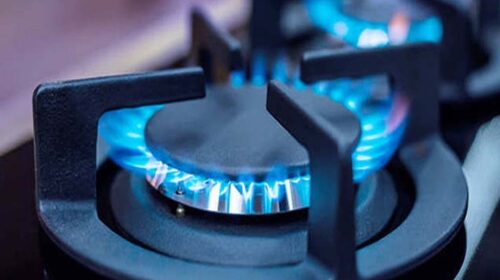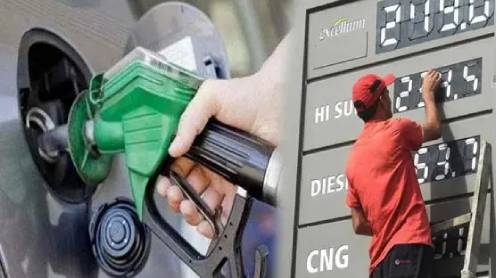Windfall taxes, power rationing, and price caps on imported gas: these are the main ideas the European Union has produced as it struggles to contain an energy shortage that has spiraled out of all reasonable proportions. The block has managed to fill its gas storage ahead of the deadline and above target levels, and this is perhaps the only piece of good news this year. The EU has also managed—voluntarily and not so voluntarily—to reduce its gas imports from Russia from 41 percent to 9 percent.
It has paid a steep price for that, however, and is still paying it: costly LNG imports make for more expensive gas-fired electricity generation and less competitive products of processes involving natural gas. With energy inflation still running wild, the question now is whether the EU has done enough to survive the winter without too much pain.
“Europe’s energy crisis is only now really starting to hit home, because increases in wholesale prices are still feeding through into firms’ and households’ bills,” Simone Tagliapietra, an energy specialist at Belgian think-tank Bruegel, as quoted by the FT this week. “The cost for the economy will get way bigger.”
European governments are frantically searching for ways to reduce this pain before it really hits, including French president Emmanuel Macron advising French businesses not to sign new power supply contracts with “crazy prices.” He argued that the government would succeed in defeating energy inflation. French businesses seem skeptical.
Meanwhile, the FT reports that some European Union members actually think the measures proposed so far do not go far enough to tackle the crisis. Yet their calls for more action heighten the risk of social unrest, which is the last thing European governments would want on their hands in a winter of increasingly unavoidable recession.
Related: American Energy Bills Are Set To Soar This Winter
“There are definitely people around the table who think this is not enough and more needs to be done,” the FT quoted an unnamed EU diplomat as saying. “We have no interest in energy prices causing instability in member states — it would be a recipe for disaster.”
Apparently, the main idea of those calling for more to be done is imposing a price cap on all gas imports into EU—an idea that the Commission has warned against, saying it posed a “risk of triggering supply disruptions.” In other words, gas sellers might well refuse to sell at a capped price.
While politicians rack their brains for solutions, there are already protests. Tens of thousands of Czechs are protesting again, focusing on their government’s foreign policy, which the protesters are blaming for exorbitant energy bills.
Germans were also protesting earlier this month, and although those protests are a fraction of what’s happening in the Czech Republic, they do suggest governments need to be extremely careful with the measures they implement to deal with the crisis.
France has avoided any major protests so far by pouring billions into energy price caps for households and businesses. It plans to offset some of this expenditure with the windfall tax on energy producers. But even Paris’s pockets are not bottomless, and few expect the crisis to be over before winter 2023.
In fact, a recession for Europe is already all but certain. The president of the World Bank, David Malpass, said in a speech this month that the likelihood of stagflation in Europe was increasing and so was the risk of a recession.
Malpass noted the combination of high interest rates, high inflation, and slowing growth as the components of a perfect storm engulfing the continent and most of the world.
Economist Mohamed El-Erian, president of Queen’s College, Cambridge, said this month that recession is virtually a certainty for the European Union because of the absence of a clear plan on how to deal with the supply crunch that has hit European countries.
Business surveys from early September suggested the eurozone, for one, was almost certain to slip into a recession, Reuters reported at the time, noting record-high zone inflation of 9.1 percent for August and a grim outlook for economic activity.
So, Europe is entering a perfect storm of inflation, rising interest rates, energy shortage, and a lack of many realistic options for tackling the storm. It’s quite a plateful, and Europe is clearly struggling to handle it. But while the immediate problem is this winter and surviving it without governments getting overthrown, the bigger problem is that there is no end of the crunch in near sight.
Most expert commentators appear to be in agreement that the crisis will last a few years, with market data supporting this. Rystad Energy, for example, recently forecasted a gas supply gap in Europe for the three years between 2023 and 2025 because of Europe’s ambition to fully replace Russian gas supplies with LNG.
Meanwhile, in the U.S., gas producers are struggling to respond to the level of demand for their product while getting pressured by inflation. What’s more, record LNG exports are pushing up local prices, and this is not making Americans happy. And the best the EU can do is suggest capping the price that European buyers pay for U.S.





